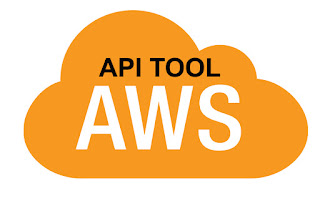Mount S3 Bucket using IAM Role on Ubuntu 16.04
Q. What Is Amazon S3?
-- Amazon Simple Storage Service is storage for the Internet. It is designed to make web-scale computing easier for developers. Amazon S3 has a simple web services interface that you can use to store and retrieve any amount of data, at any time, from anywhere on the web.
Step: 1. Create a new Policy to Access the target S3 Bucket :
-- Enter Policy Name, Description and the Policy Document as given below :
{
"Version": "2012-10-17",
"Statement": [
{
"Effect": "Allow",
"Action": [
"s3:GetBucketLocation",
"s3:ListAllMyBuckets"
],
"Resource": "arn:aws:s3:::*"
},
{
"Effect": "Allow",
"Action": ["s3:ListBucket"],
"Resource": ["arn:aws:s3:::bucket-name"]
},
{
"Effect": "Allow",
"Action": [
"s3:PutObject",
"s3:GetObject",
"s3:DeleteObject"
],
"Resource": ["arn:aws:s3:::bucket-name/*"]
}
]
}
Step: 2. Create a New Role using "Amazon EC2" Service Role Type :
-- Click on “Create new Role” and Select Role Type as Amazon EC2.
-- Next select “s3access” policies to Attach.
-- Enter Role Name, Description as given below and click on “Create Role” button.
-- The Attach Policy of the new Role should look like below:
Step: 3. Attach IAM Role to the running Instance or Launching new Instance :
-- Select Role name from drop-down box and click on “Apply” button.
Step: 4. Mount S3 Bucket to an Instance :
-- Login to instance using console and follow the steps below :
# apt-get update -y
# apt-get install build-essential libfuse-dev libcurl4-openssl-dev libxml2-dev \
mime-support automake libtool git
# cd /tmp
# git clone https://github.com/s3fs-fuse/s3fs-fuse.git
# cd s3fs-fuse/
# ./autogen.sh
# ./configure
# make
# make install
# mkdir /s3backups
# chmod 755 /s3backups
-- Now Mount the S3 Bucket using IAM Role :
# s3fs -o iam_role="EC2RoleForS3Access" bucket-name /s3backups
# df -Th
[OUTPUT]
Filesystem Type Size Used Avail Use% Mounted on
s3fs fuse.s3fs 256T 0 256T 0% /s3backups
Thanks For Visiting on My Blog, For More Tutorials Keep Visiting My Blog













